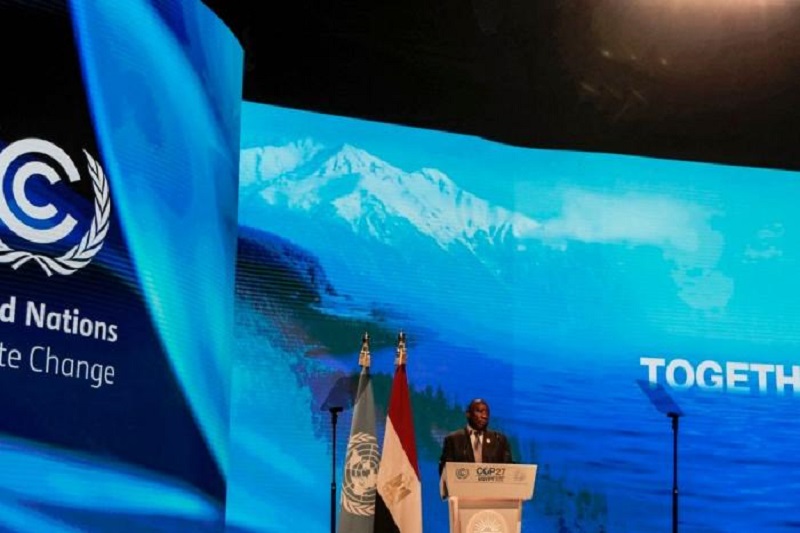Last updated on November 10th, 2022 at 12:02 pm
France and Germany have put up 600 million euros to help South Africa change its energy system. This is part of a plan to invest 98 billion dollars that was approved at COP 27 in Egypt.
“South Africa, France, and Germany have signed loan agreements so that France and Germany will each give South Africa 300 million euros in concessional financing to help the country reduce its reliance on coal,” the three countries said in a statement released Wednesday.
Coal is an essential component of South Africa’s economy and is responsible for the employment of approximately 100,000 people. The country generates 80 percent of its electricity from coal. The year 2030 will see the closure of a number of power plants across the country. Because it can’t make enough electricity with its old equipment, Eskom, a state-owned utility that is currently in the red, has made it a policy to cut the power on a regular basis.
At the United Nations climate summit in Sharm el-Sheikh, which started on Sunday, a plan was approved to invest $98 billion in the energy transformation of Africa’s biggest industrial power. This came after an agreement in principle was reached at COP26 in Glasgow the year before.
Related Posts
South Africa was chosen to be a model for international cooperation in the fight against emissions in developing countries. The governments of France, Germany, the United Kingdom, the United States, and the European Union had already agreed to give 8.5 billion dollars in aid.
The amount that was made available by France and Germany in the form of loans from the German public investment bank and the French development agency (AFD) is the first tranche of this help. The World Bank estimates that South Africa will require at least $500 billion to reach carbon neutrality by the year 2050. The two countries have each committed one billion euros to helping South Africa reach its goal.
Cyril Ramaphosa, the President of South Africa, has been vocal in his criticism of wealthy nations’ practice of delivering aid to the world’s poorest mostly in the form of loans, which run the risk of adding to those nations’ existing levels of debt. According to a report that was commissioned by the chair of the COP, in order for the southern nations to finance their climate action, they will need more than $2 trillion per year by the year 2030. Nearly half of this amount will need to come from investors in other countries.

